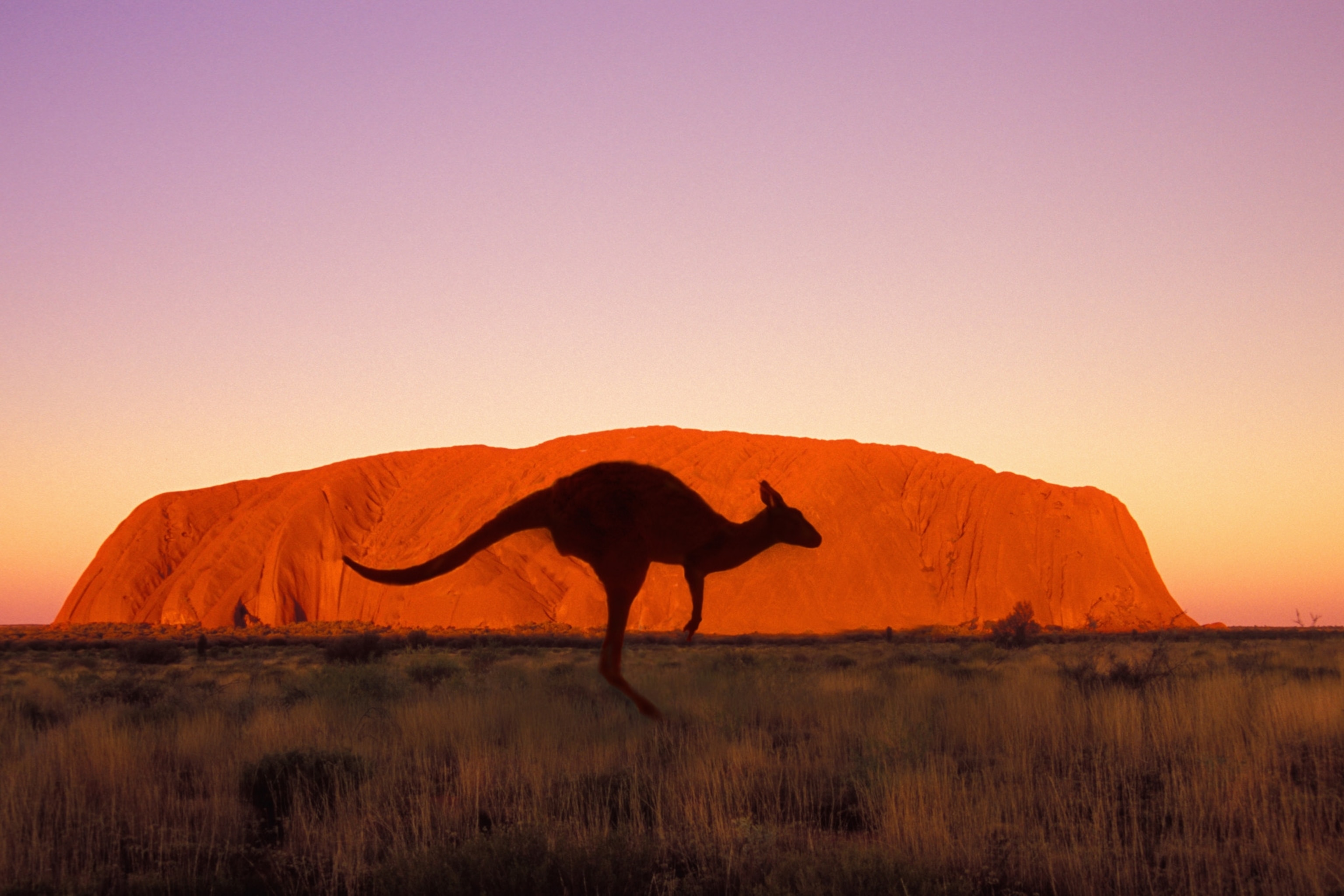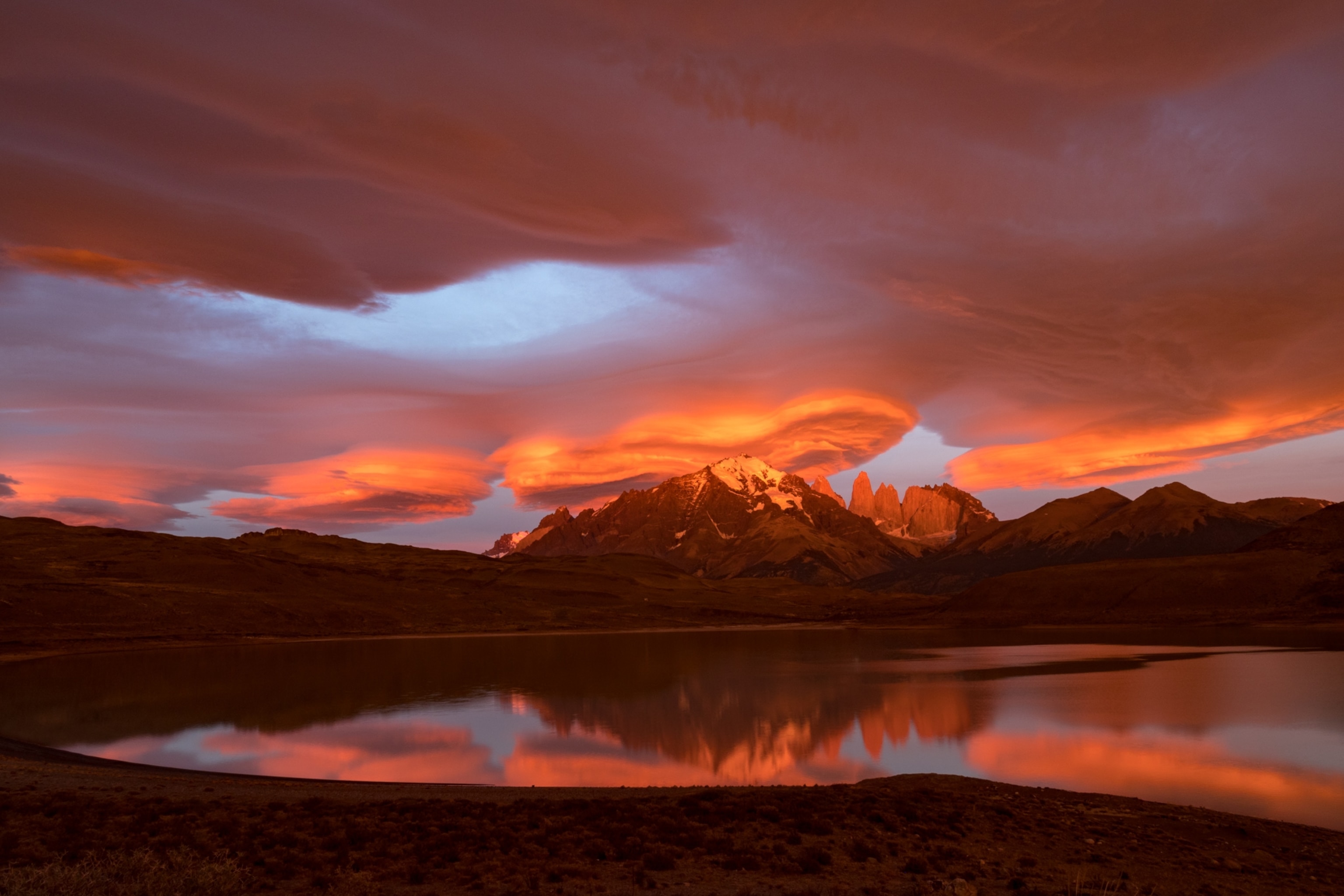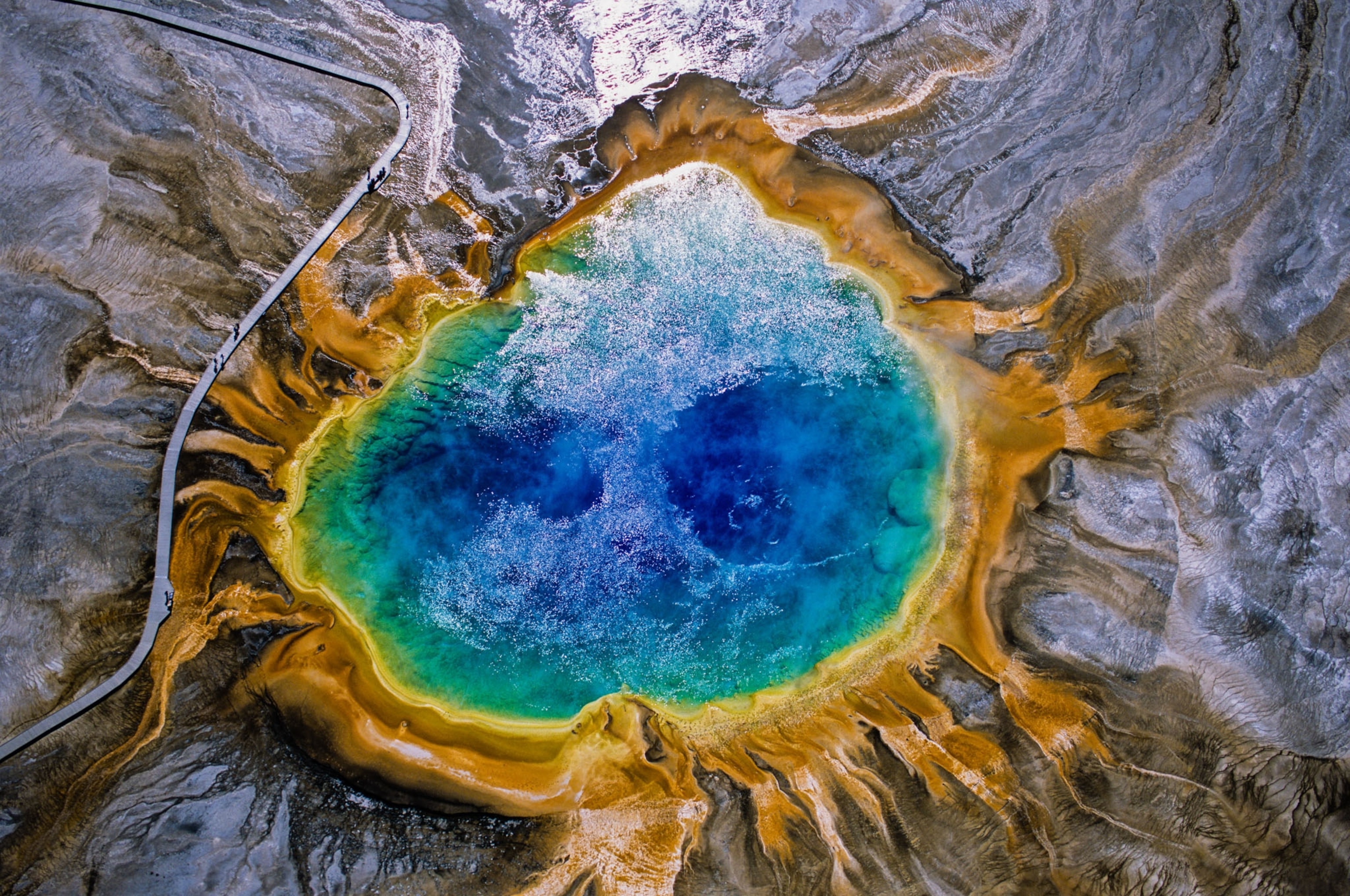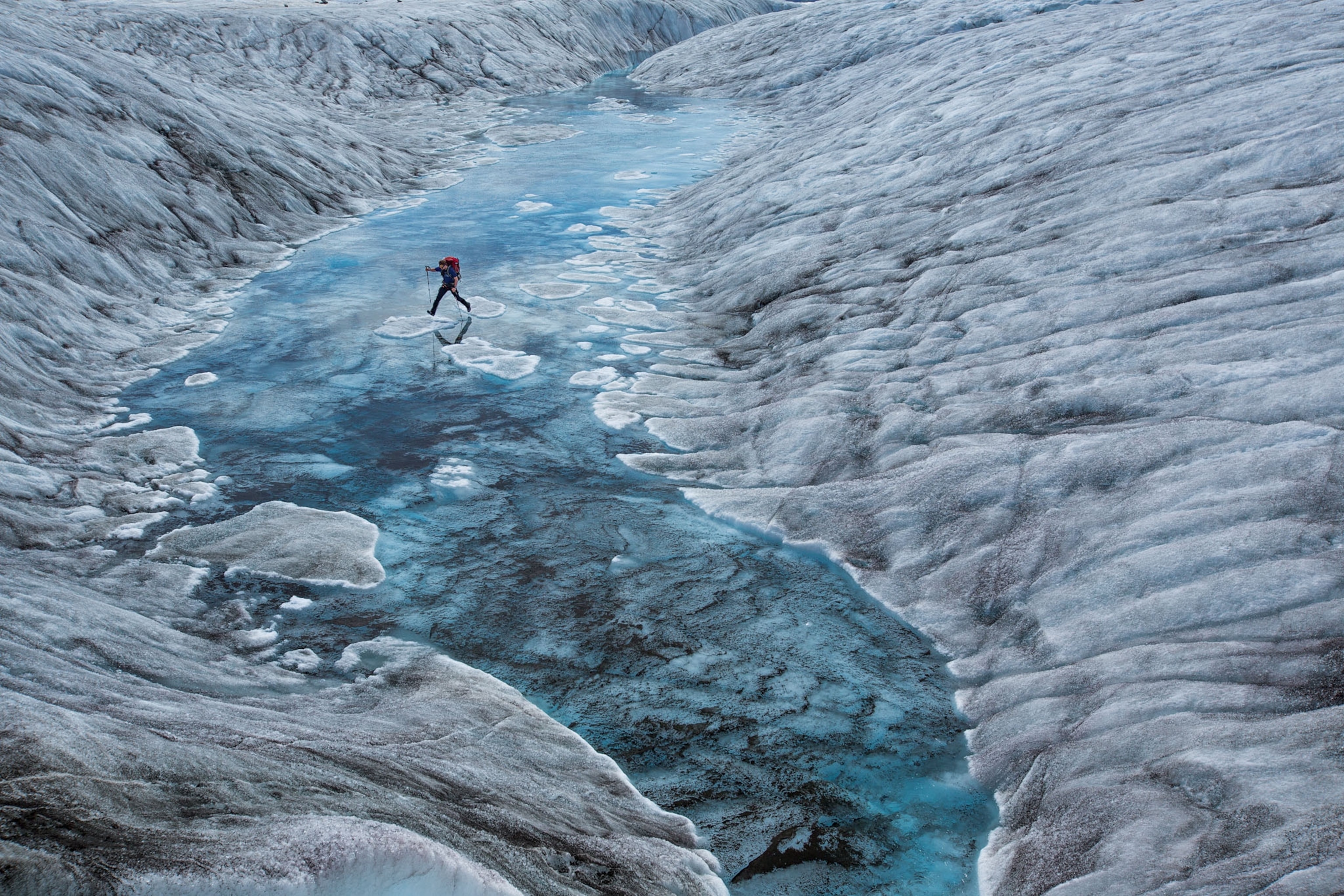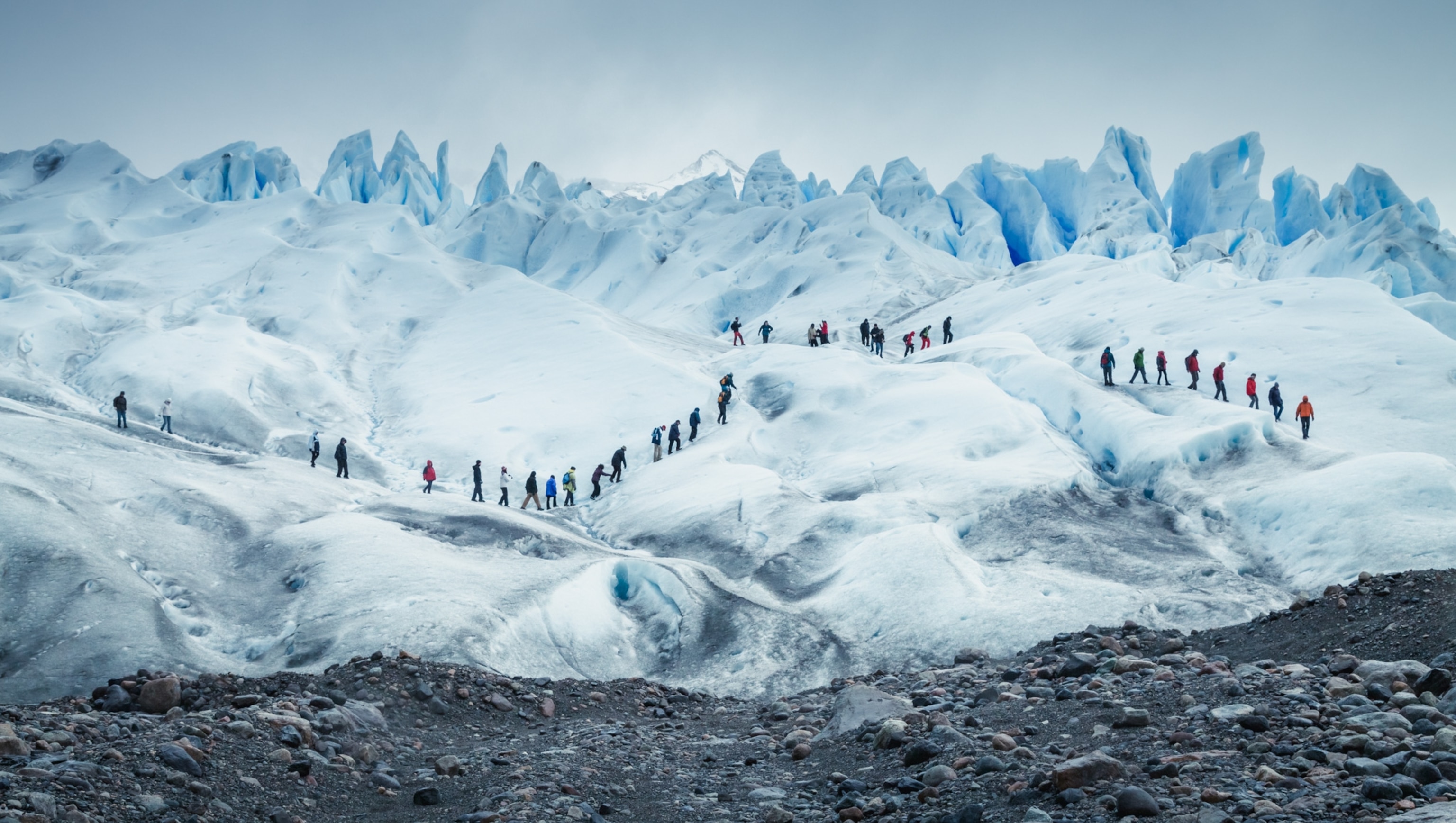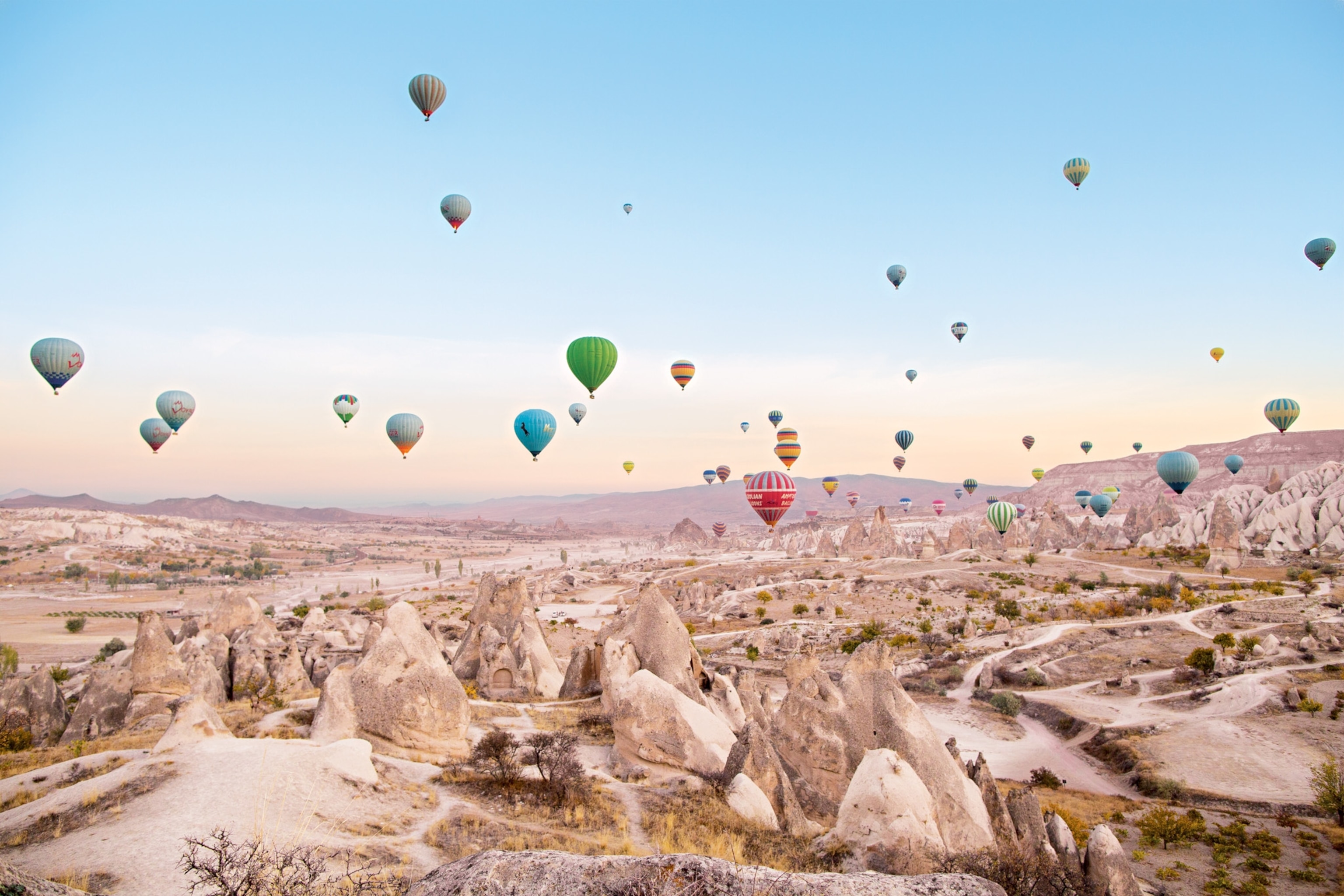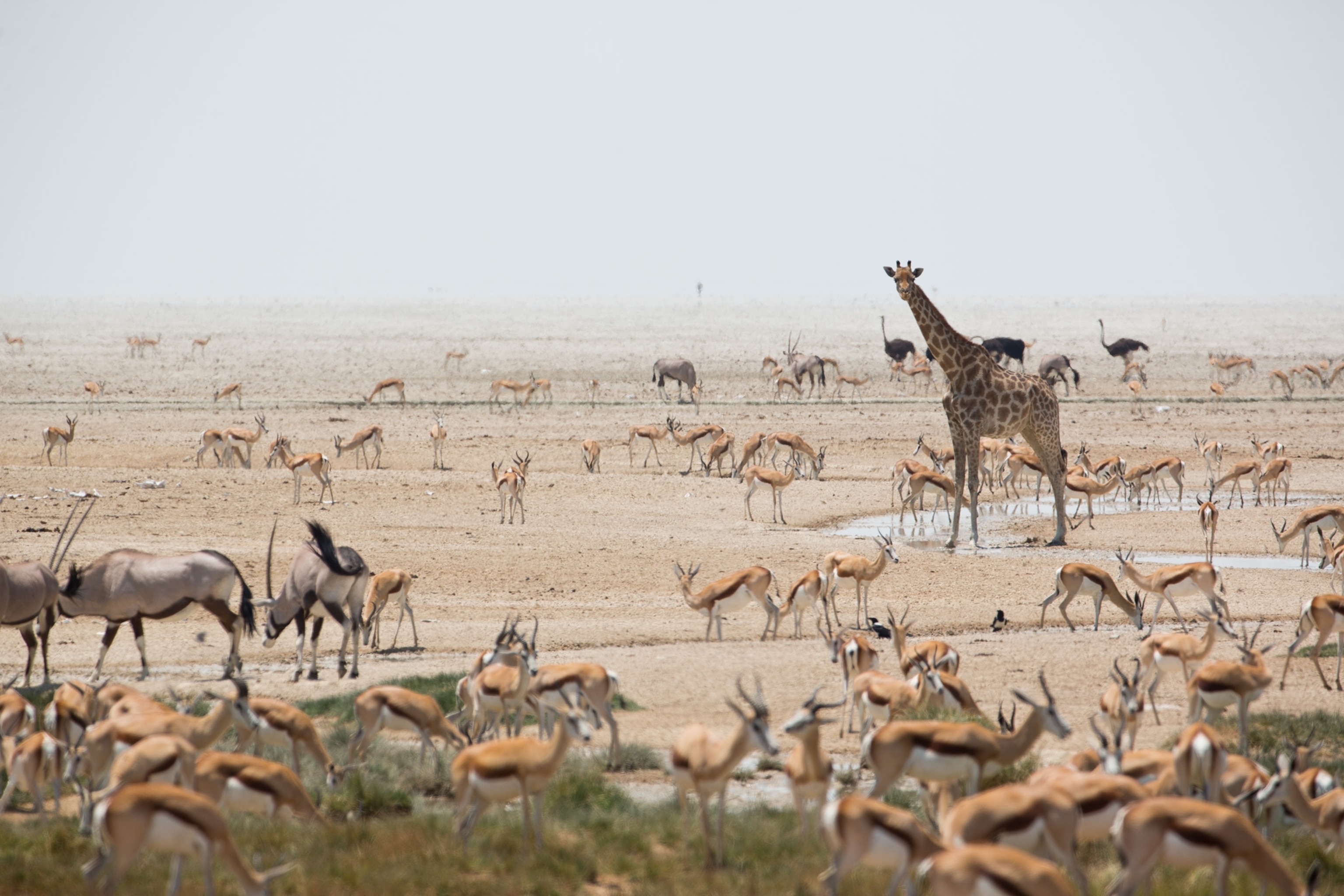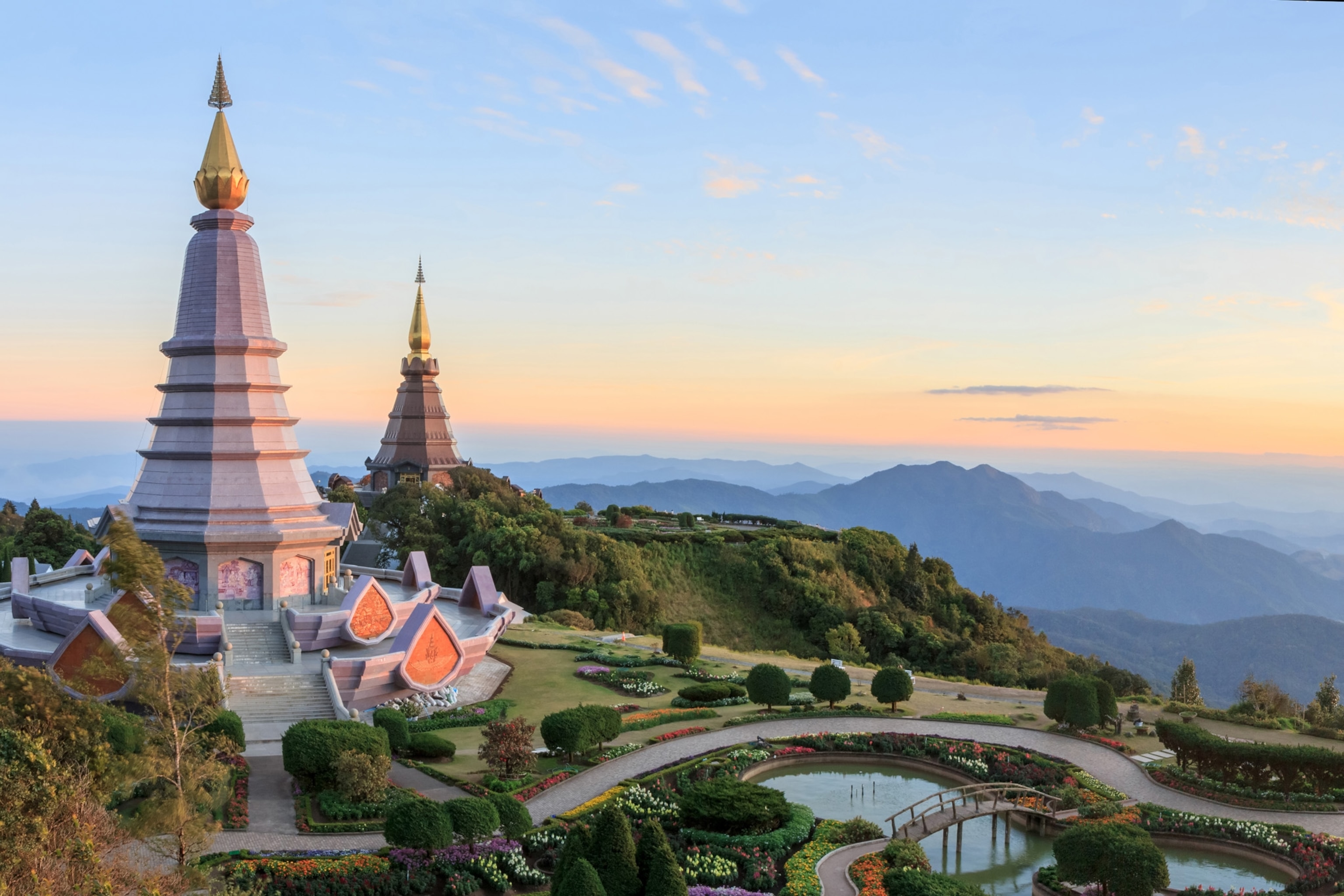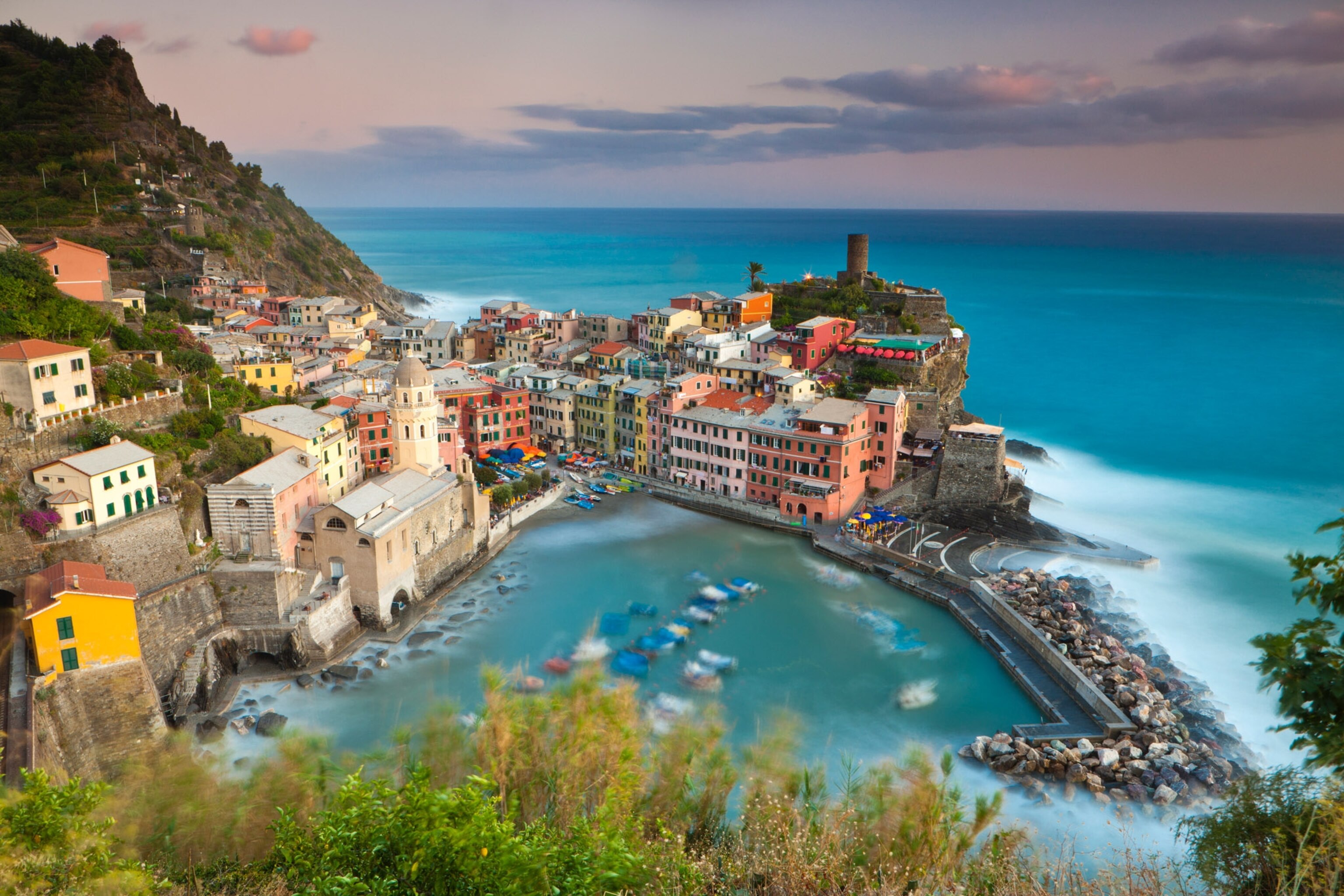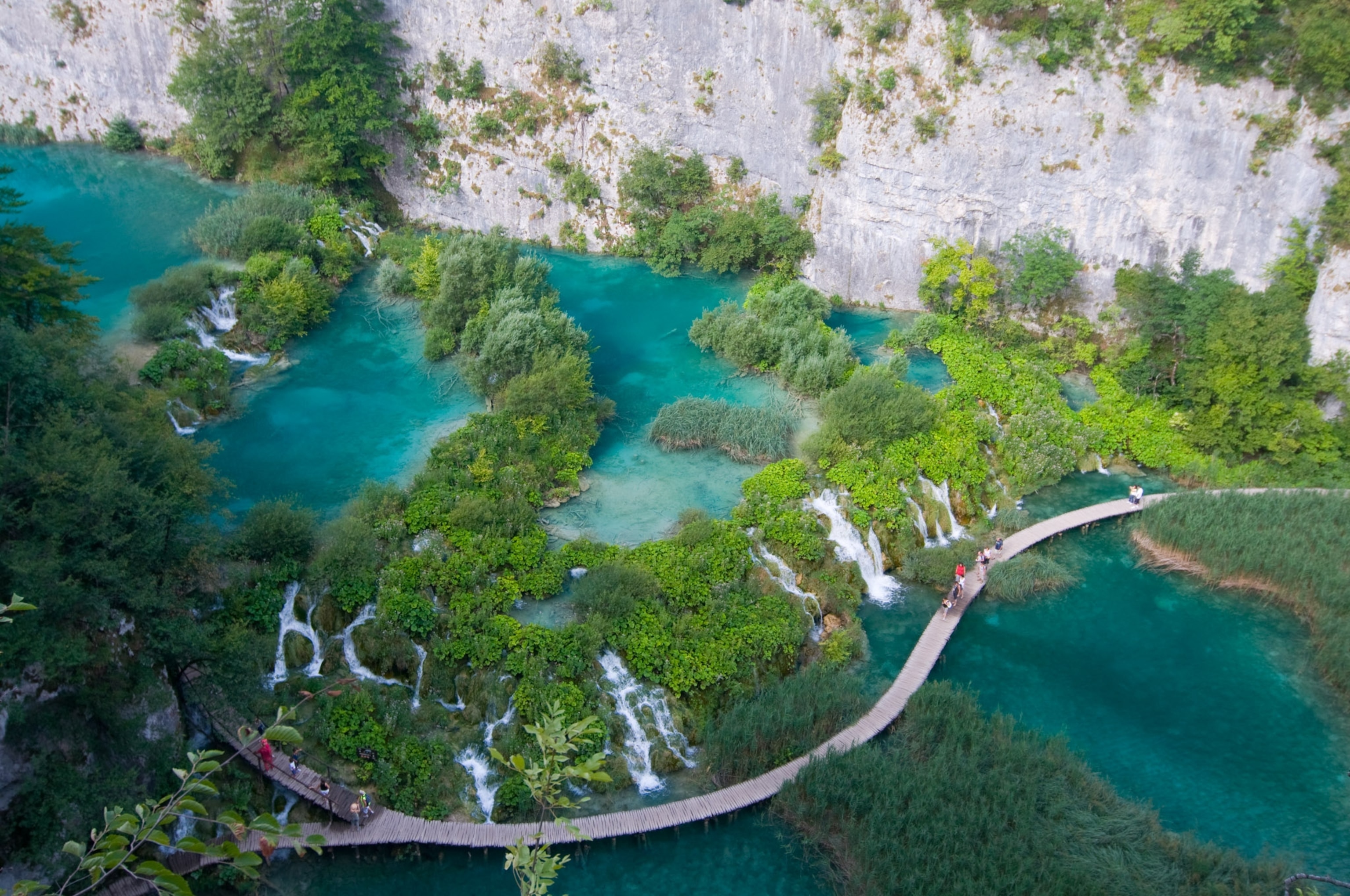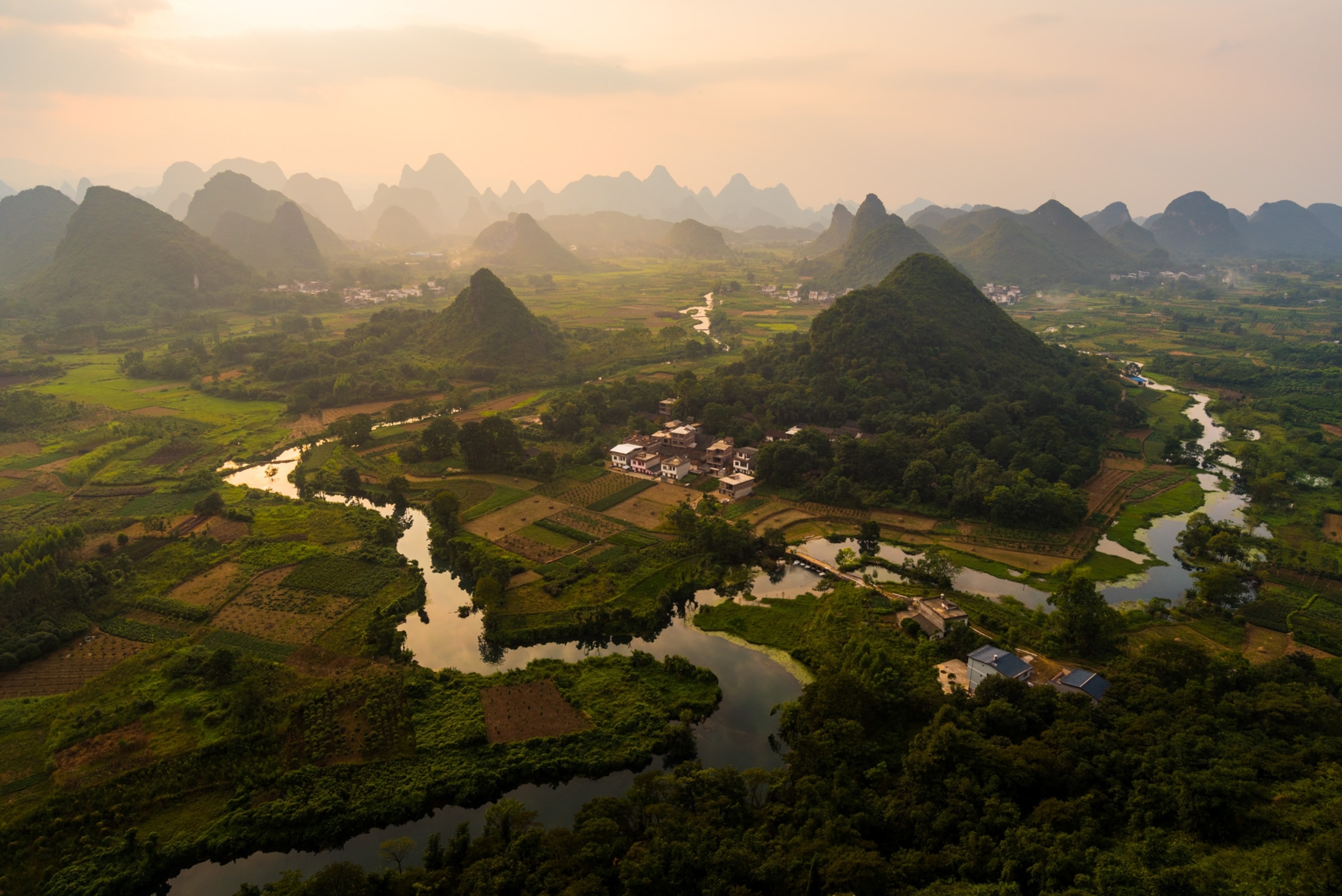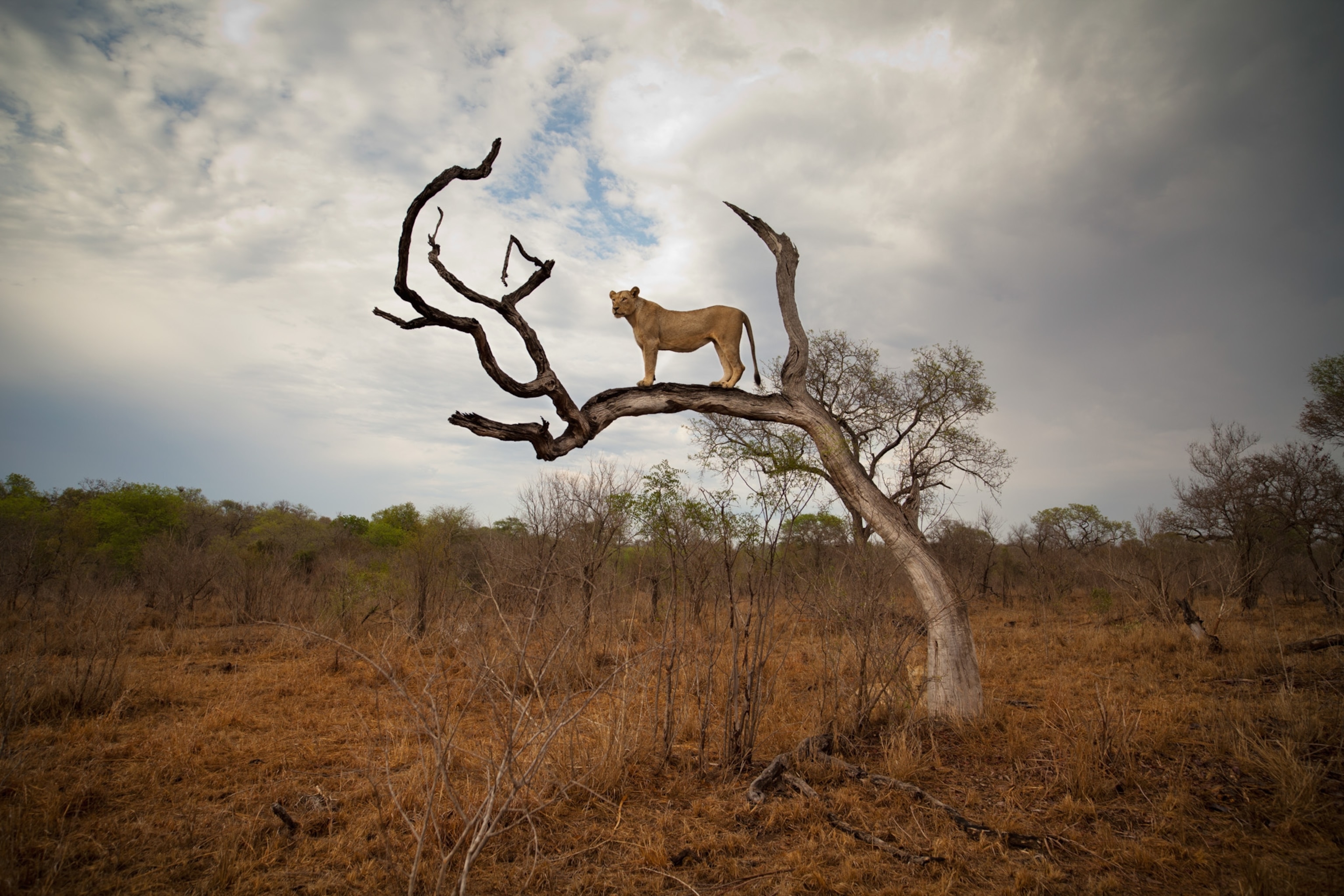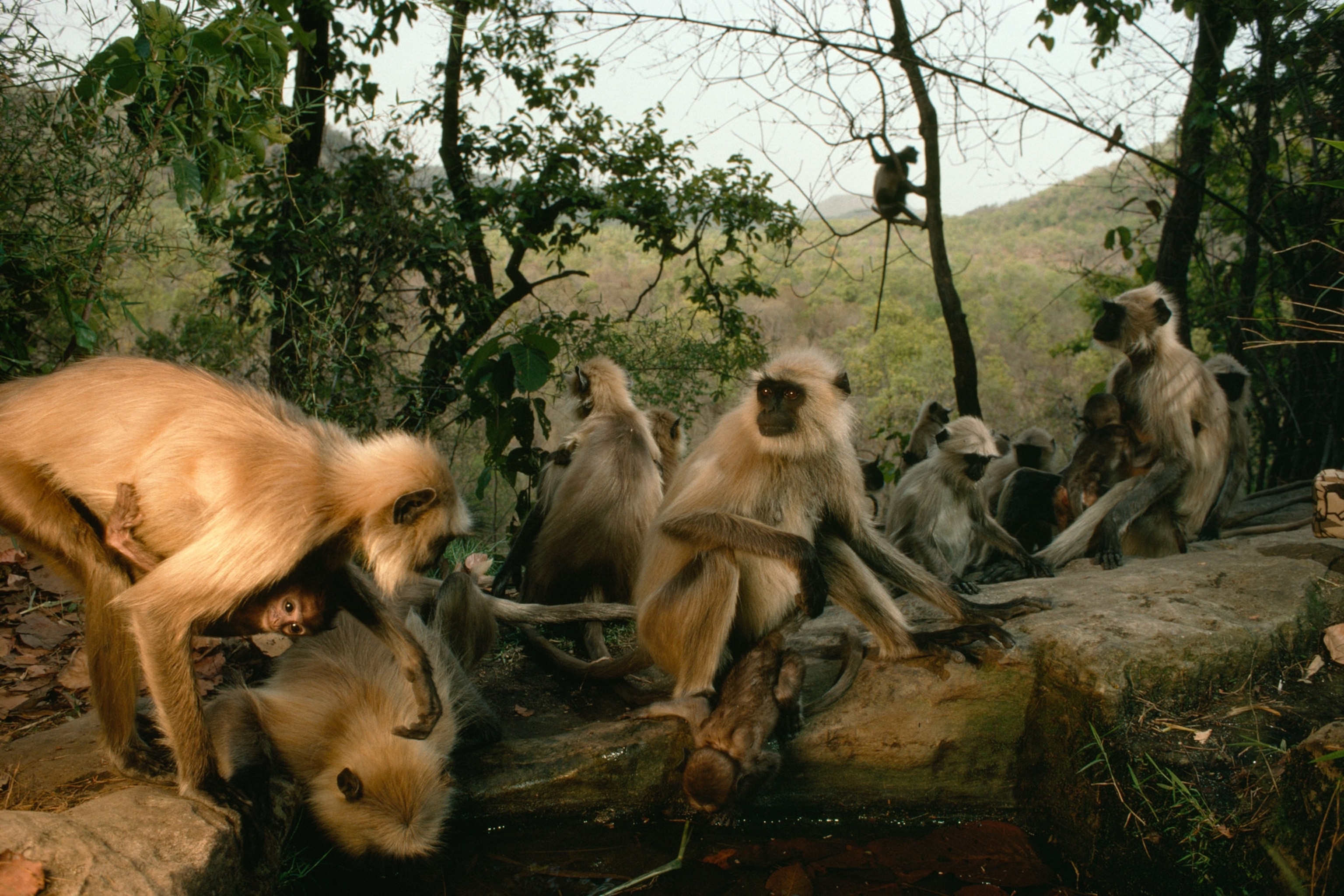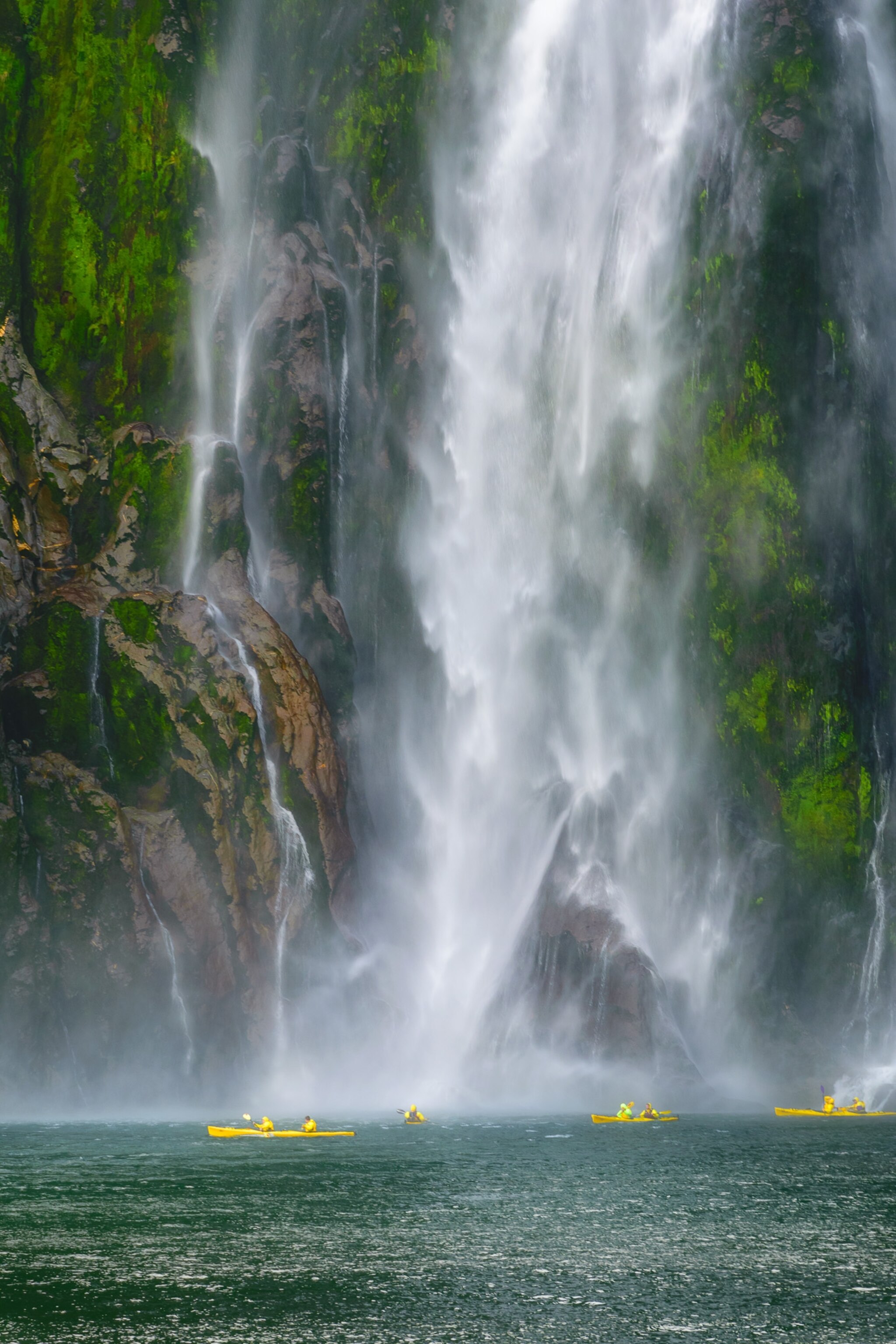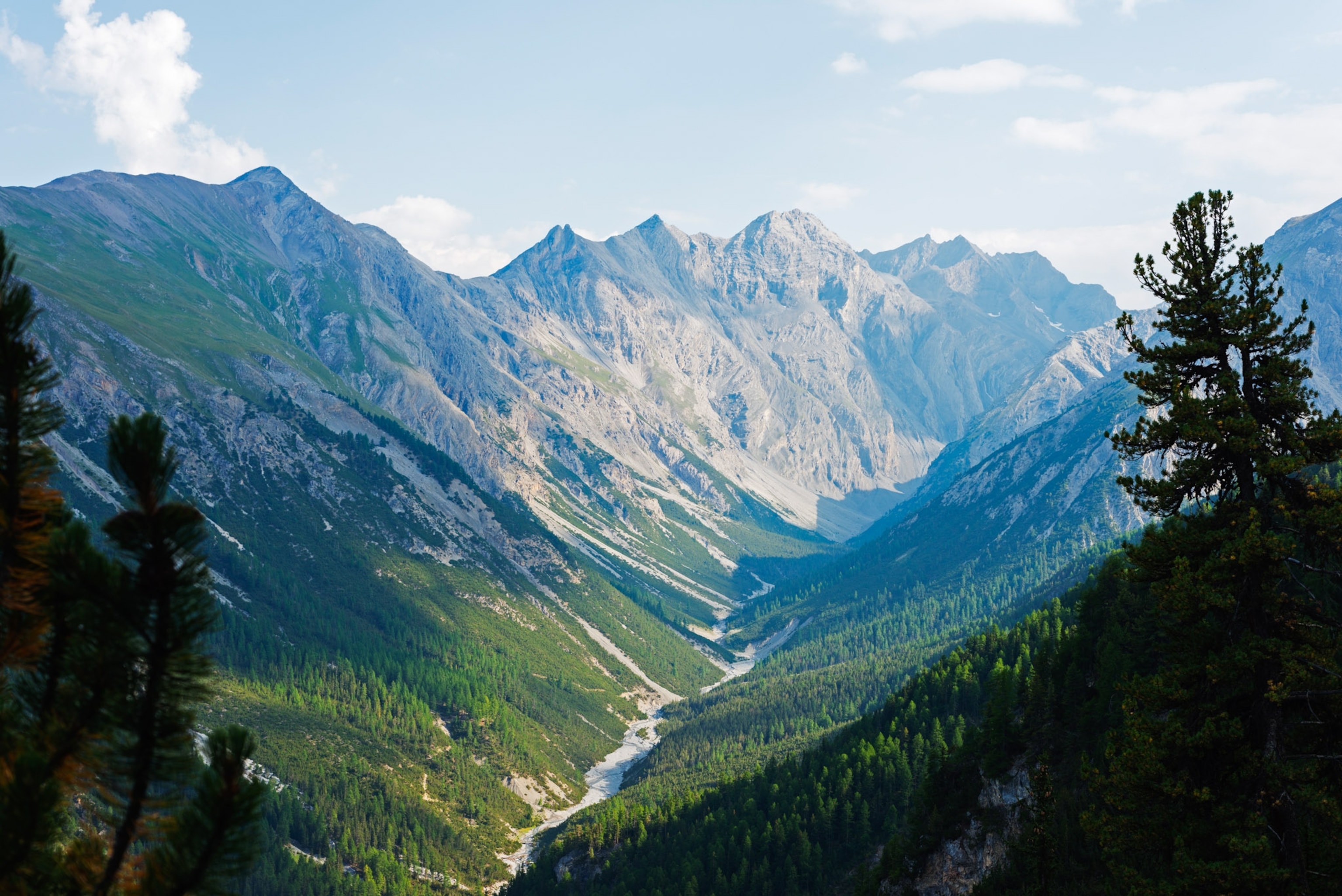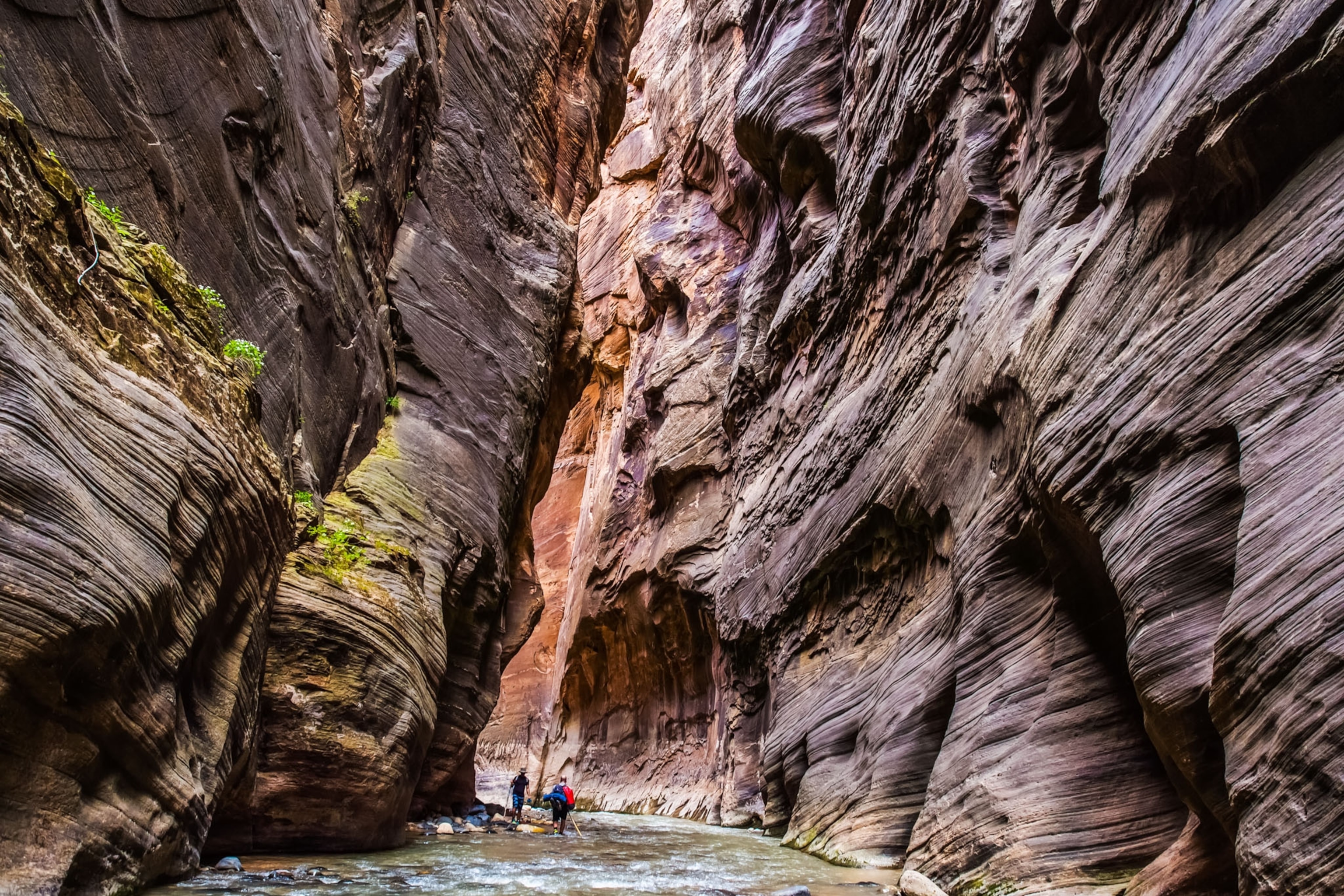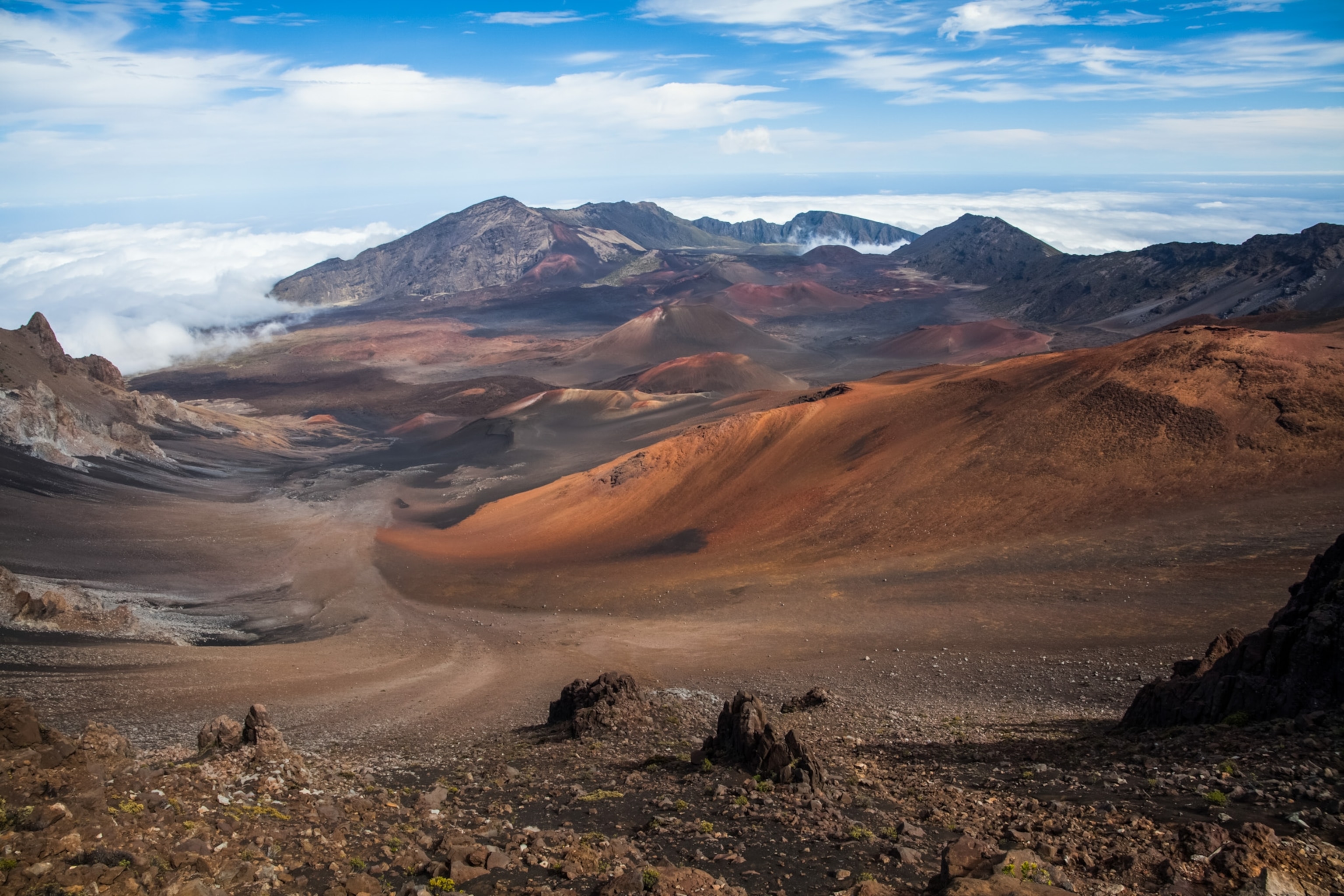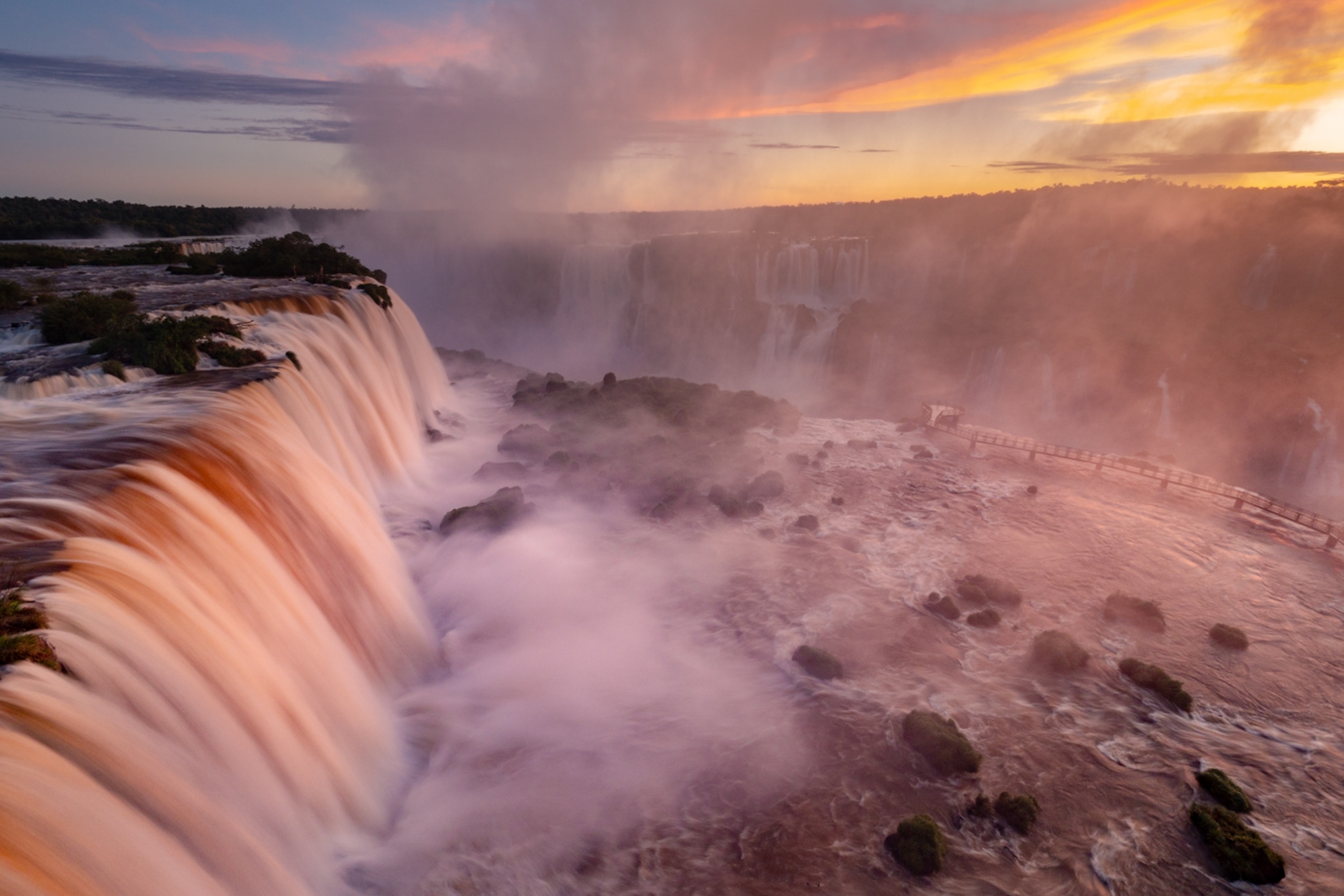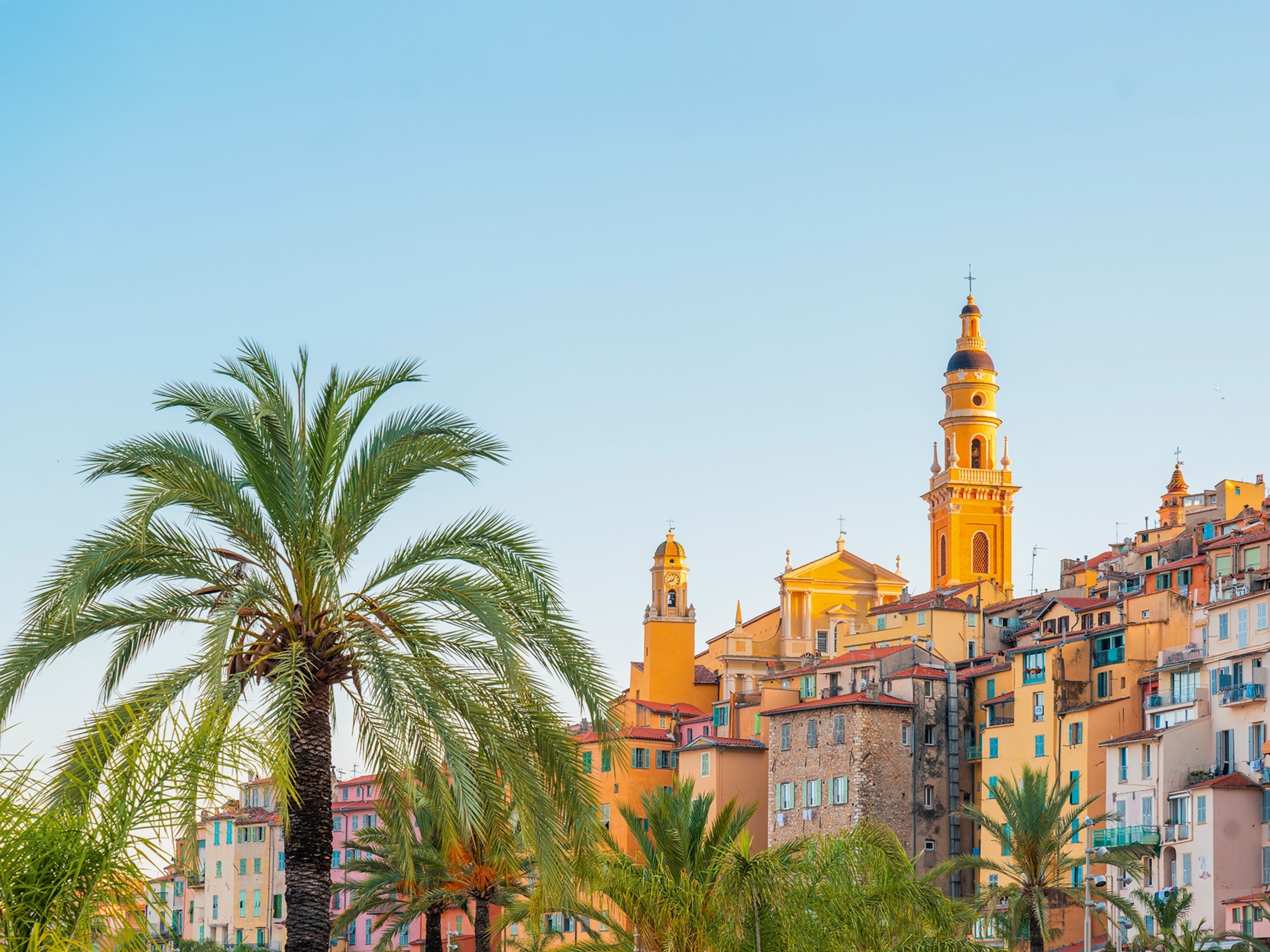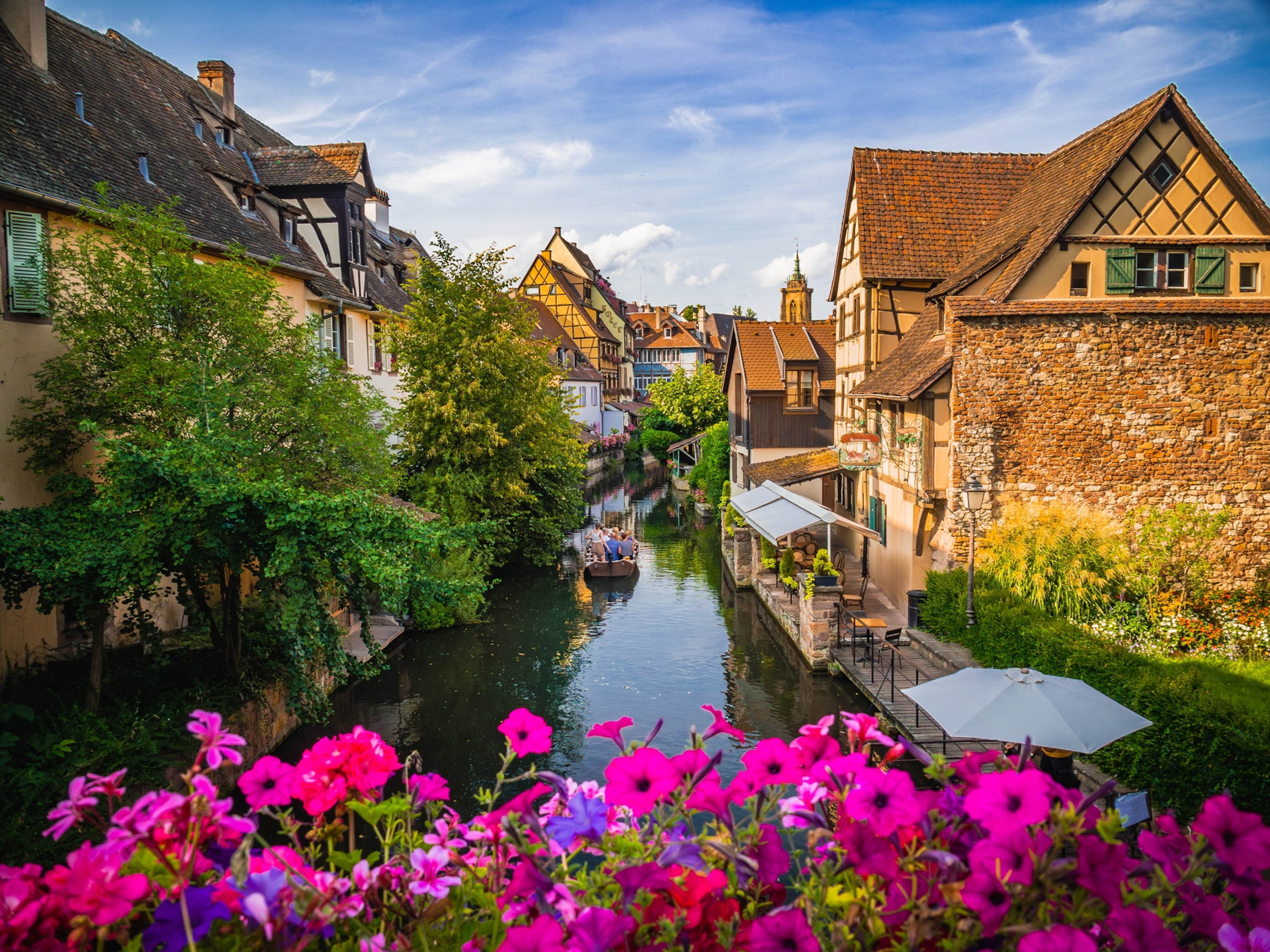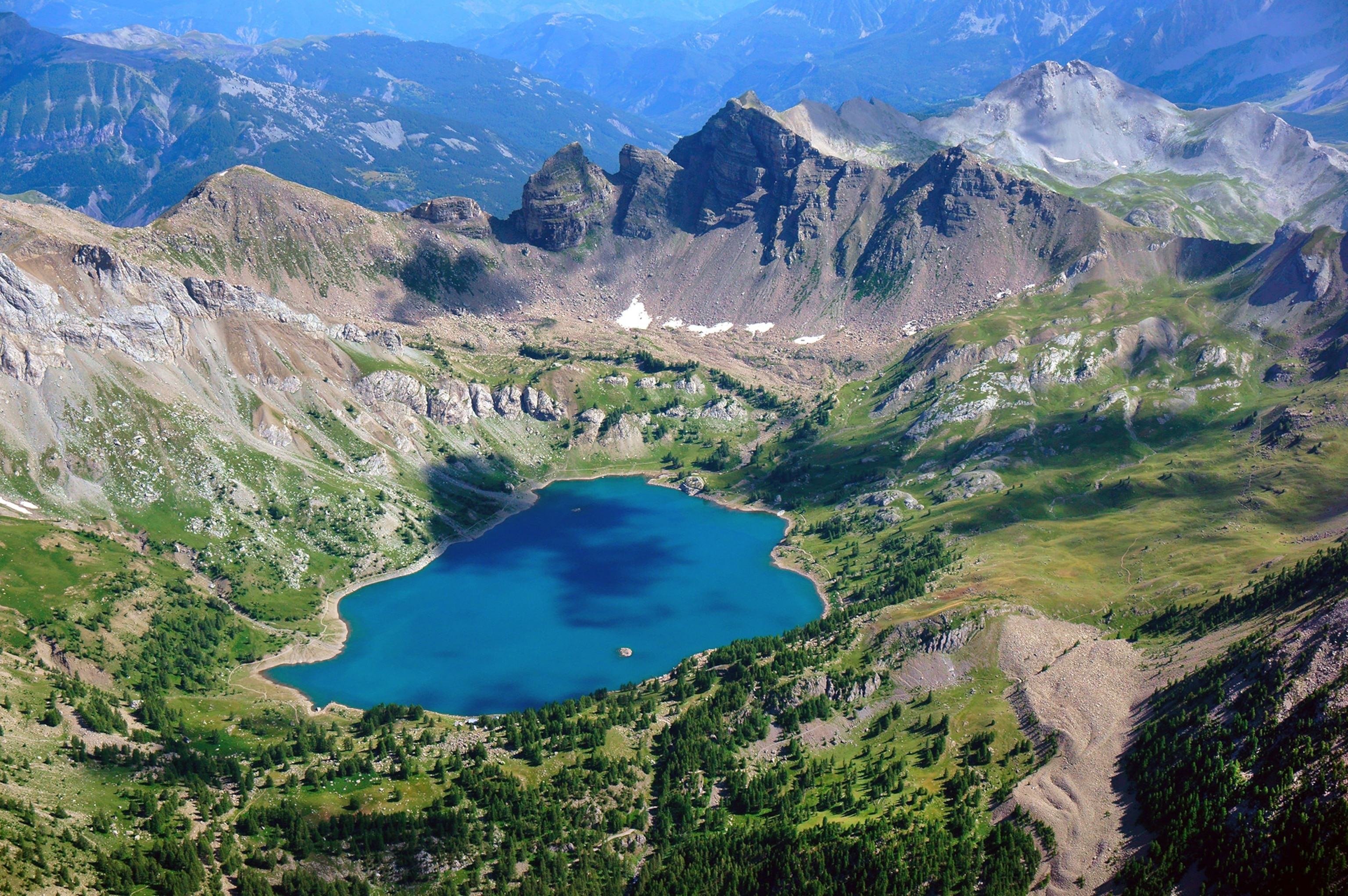
How to go wild in the French Riviera
With snowcapped Alps and a red-rock valley, France’s Mercantour National Park is a biodiversity hot spot.
Horned chamois graze the slopes of vertiginous mountains, marmots scurry among boulders and alpine violets, and the rare bearded vulture—Europe’s largest raptor—wheels overhead.
Less than an hour’s drive from Nice, Mercantour National Park is a surprising find, the last terre sauvage in the Alps; comprising eight valleys spread over 772 square miles, it’s a world-renowned biodiversity hot spot. While the Côte d’Azur welcomes more 11 million tourists a year, less than a tenth that number visit Mercantour—an unsung natural paradise teeming with fauna and flora, including half the number of plant species known in France.
Marking its 40th anniversary this year, Mercantour is one of France’s 10 national parks. “[Its] geography is extraordinary and represents 300 million years of history,” says park director Christophe Viret. “You can find landscapes so diverse you’d think yourself next to Tibet’s great lakes or at the top of the Rockies.”
The park also showcases a unique, centuries-old mountain culture, with 20,000 inhabitants living in a protected zone near the heart of the park. The montagnards’ traditions live on: Shepherds guide flocks, beekeepers tend hives, and cheesemakers camp out with their cows in high-altitude pastures in the summer.

“If this park hadn’t been created, it’s likely these wild mountains would’ve been converted into ski resorts,” says Viret. “Today, everyone realizes [the park] is a very good thing, because of the development of high-quality ecotourism, which benefits the park’s inhabitants.”
How to visit
Your trip should include some of the park’s “perched villages,” ancient hamlets clinging precipitously to clifftops. Belvédère is the gateway to the Gordalasque Valley, its cobbled alleyways giving way to astonishing mountain panoramas. Surrounded by terraced hillsides, newly restored Rimplas is a colorful collection of houses capped with local red stone. And Roubion is a sky-high bastion overlooking the Tinée Valley.
The village of Saint-Martin-Vésubie makes a good base for exploring the national park; the adjacent Vésubie Valley is known as the “Switzerland of Nice.” For over a thousand years, the town has witnessed a spring pilgrimage procession to the Sanctuary of the Madone-de-Fenestre, where legend says the Virgin Mary once appeared. From here, hike to the Lacs de Prals, a series of mirrorlike glacial lakes near the Italian border. After a day in the mountains, cool off with Brasserie du Comté’s craft beer, made from organic ingredients. Locals swear it’s the fresh spring water that makes it taste so good.
Mercantour is where the gray wolf first reappeared in France, crossing the Italian border in 1992, after being hunted to extinction in the early 20th century. Today the national park has put measures in place to assure that pastoralism can work alongside conservationism: Farmers are insured and compensated if one of their animals is preyed upon by a wolf. At the Alpha Animal Park— situated a few minutes from Saint-Martin—visitors can observe three wolf packs and talk with biologists working to dispel the ancient stereotype of the wolf in fairytales.
Serious hikers do best to visit Mercantour from the end of June through September to avoid the deep snow present in the high mountains during the rest of the year. At lower altitudes, April and May bring wildflowers galore. It’s possible to do long-distance randonnées (hikes), staying at a different refuge each night.
At the Maison du Parc (visitors’ center), arrange for a professional mountain guide to take you to the Vallée des Merveilles (Valley of Wonders), filled with tens of thousands of Bronze Age rock carvings. Only licensed guides can go off-piste into the protected areas to point out these mystical petroglyphs. Post-hike, fuel up at the Relais des Merveilles, a family-owned restaurant serving local dishes like stream-fresh trout, nettle soup, and ravioli stuffed with foraged mushrooms and herbs.
Pressed for time? Take a daylong road trip, looping through Guillaumes to see the Gorges de Dalius, an impressive red-rock canyon chiseled by the frothy Var River.
- National Geographic Expeditions
